29 January 2020
Likelihood of space super-storms estimated from longest period of magnetic field observations
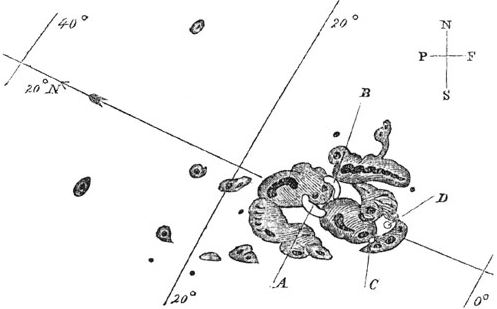
A ‘great’ space weather super-storm, large enough to cause significant disruption to our electronic and networked systems, occurred on average once in every 25 years according to a new study in the AGU journal Geophysical Research Letters.
15 January 2020
Crowdsourcing pollution data could benefit public health

Low-cost sensors provide localized air quality data By Jerimiah Oetting Wildfire smoke regularly threatens air quality over vast regions of places like California. But a new study finds a network of low-cost sensors placed in private homes could paint a more detailed picture of localized pollution, especially in areas where data on air quality is limited. “[The low cost sensors are] unlikely to replace our reliable regulatory monitoring networks,” said …
Nearly barren Icelandic landscapes guide search for extraterrestrial life
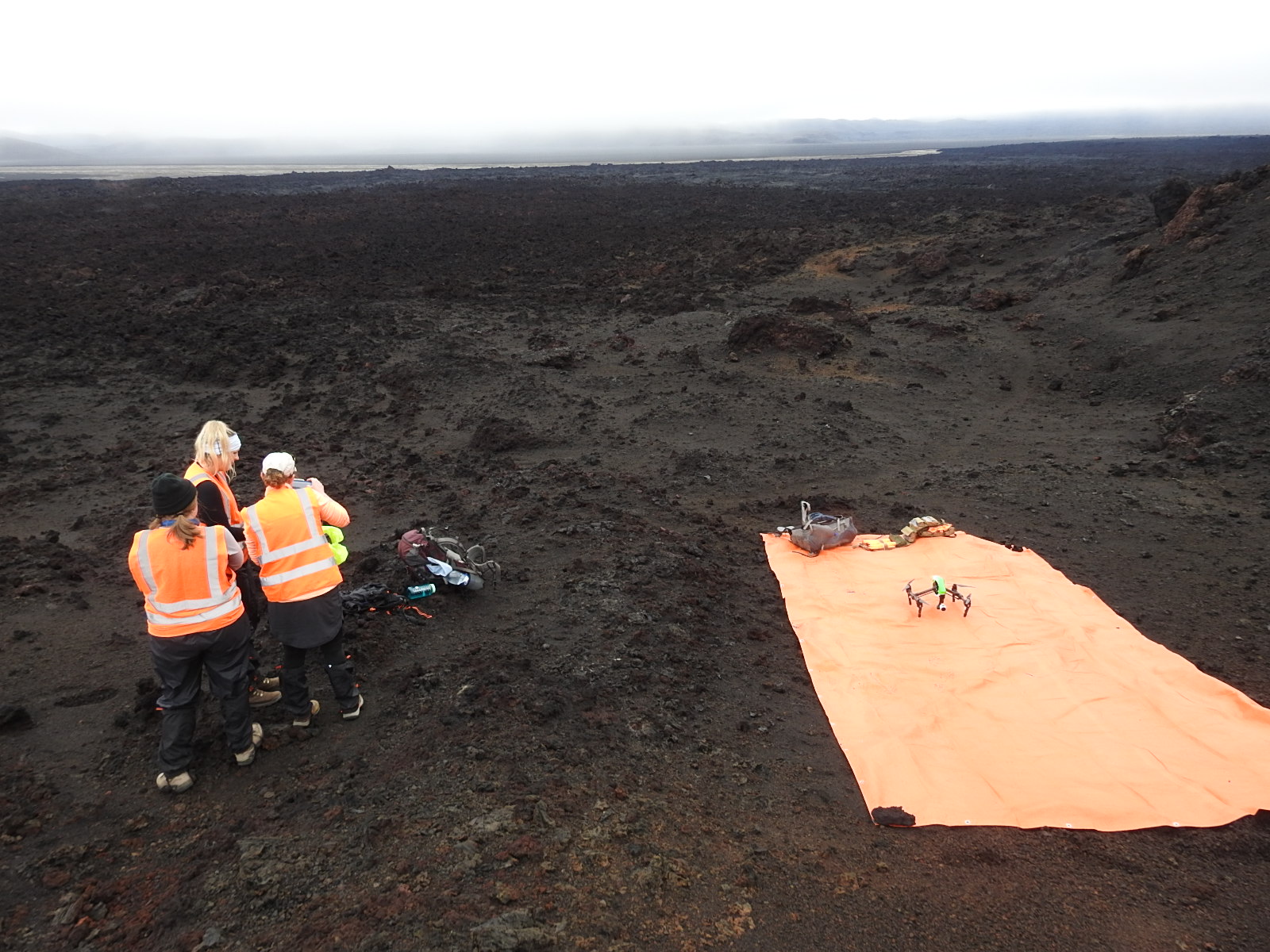
New research on microbial lifeforms living in nearly barren volcanic landscapes in Iceland may help scientists understand how best to search for life on other planets. Researchers with NASA’s FELDSPAR project are studying the distribution of life in these harsh Icelandic environments to inform the search for hidden life signs on planets like Mars. So far, they have found that microbes at their study sites are often isolated in “hot spots” and that microbial communities are distributed differently in areas subjected to different geological processes, such as wind or glaciation.
Air Pollution from Oil and Gas Production Sites Visible from Space

Between 2007 and 2019, across much of the United States, nitrogen dioxide pollution levels dropped because of cleaner cars and power plants, the team found, confirming findings reported previously. The clean air trend in satellite data was most obvious in urban areas of California, Washington and Oregon and in the eastern half of the continental United States… However, several areas stuck out with increased emissions of nitrogen dioxide: The Permian, Bakken and Eagle Ford oil and gas basins, in Texas and New Mexico, North Dakota, and Texas, respectively.
14 January 2020
Final images from Cassini spacecraft
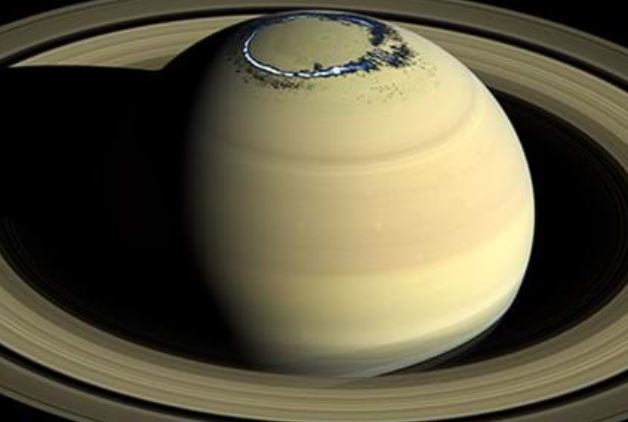
For the last leg of its journey, Cassini was put on a particularly daring orbit passing between Saturn and its rings which brought it closer to Saturn than ever before. This allowed scientists to obtain images of Saturn’s ultraviolet auroras in unprecedented resolution. The new observations are detailed in two new studies published in the AGU journals.
Microbes endure a variety of inhospitable conditions in California’s Mono Lake

Microbes found across distinct layers in California’s Mono Lake may be surviving by using a variety of carbohydrates for energy, according to a recent study. New research presented last month describes bacteria that thrive in the inhospitable lake across a variety of nutrient conditions. Researchers predict that these bacteria, which express more carbohydrate utilization genes than their competitors, succeed by being able to adapt to use available energy sources. The research helps scientists understand how bacteria survive in extreme environments as well as how bacterial communities shift following changes in nutrient levels.
13 January 2020
Board game educates Japan about new energy source
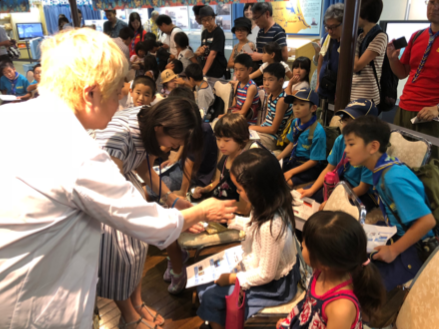
A three-dimensional box that mimics an underwater ocean scene teaches players about an underwater fossil fuel resource in a new Japanese board game. Methane hydrate is a natural energy resource buried deep below the ocean floor surrounding Japan. This mixture of methane and ice, once extracted, can be converted into methane gas, a viable energy source. Chiharu Aoyama, an ocean resources professor at the Tokyo University of Marine Science and Technology, suspects Japan’s citizens do not know about this natural resource. In 2016, Aoyama worked with Daiki Aoyama, a family member and game hobbyist, to design a board game to raise awareness about methane hydrate among Japanese people of all ages.
2 January 2020
Research sheds light on the Moon’s dark craters
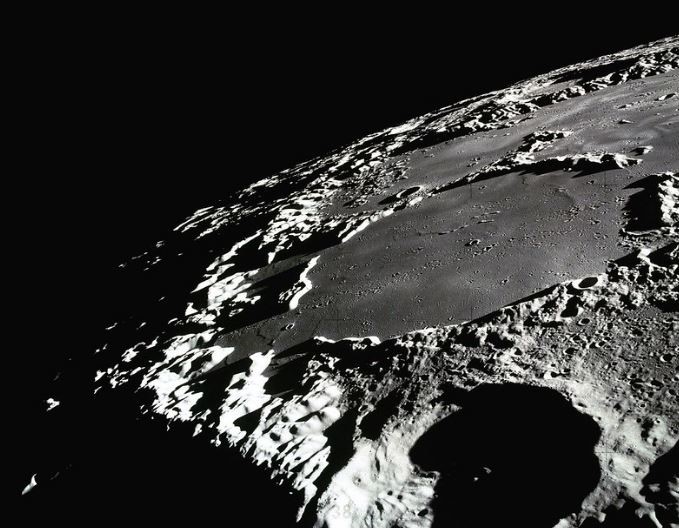
The next wave of robots to fly to Mars in 2020 could offer scientists an unprecedented understanding of Earth’s closest neighboring planet. But there are still mysteries to be solved much closer to home, on Earth’s own Moon.
30 December 2019
Wildfire modeling helps predict fires in Colombia

A new wildfire model helps predict where and when wildfires will start in the Aburrá Valley of Colombia. This research, presented earlier this month at the 2019 American Geophysical Union Fall Meeting in San Francisco, is helping local cities avoid the devastating environmental and health impacts of fires.
26 December 2019
Forces from Earth’s spin may spark earthquakes and volcanic eruptions at Mount Etna
A new study suggests that polar motion and subsequent shifts in Earth’s crust may increase volcanic activity. “I find it quite exciting to know that while climate drives Earth’s spin, its rotation can also drive volcanoes and seismicity,” said Sébastien Lambert, a geophysicist at Paris Observatory in France and lead author of the study. The new findings, however, don’t allow scientists to forecast volcanic activity.


 GeoSpace is a blog on Earth and space science, managed by AGU’s Public Information staff. The blog features posts by AGU writers and guest contributors on all sorts of relevant science topics, but with a focus on new research and geo and space sciences-related stories that are currently in the news.
GeoSpace is a blog on Earth and space science, managed by AGU’s Public Information staff. The blog features posts by AGU writers and guest contributors on all sorts of relevant science topics, but with a focus on new research and geo and space sciences-related stories that are currently in the news.